Column: I’m not that sustainable
Photo credit: Eliza Tiles
Sophomore Eliza Tiles and seniors Norah Adler and Sophia Stevens socially distance backpack in the John Muir Wilderness in California. Tiles says backpacking is a great way to enjoy the beauty of the outdoors, but she urges hikers to follow Leave No Trace principles.
August 24, 2020
So you thought because I’m on the Archer Council for Sustainability my column will tell you all about how sustainable I am, right? How I carry reusable utensils with me while I bike in order to reduce my environmental impact and all that? Meanwhile you’re at home irritated because you’re thinking “who is she to be the sustainability role model?” You know I’ve been on airplanes and I get Belwood coffee in a plastic cup. In fact, you’ve probably seen me at Lemonade getting mac and cheese with a plastic lid, a non-reusable fork and a huge frozen lemonade. Oh yes, and a plastic straw. You’re right, I’m not that sustainable. And here’s why.
The UN World Commission on Environment and Development describes sustainability as “development that meets the needs of the present without compromising the ability of future generations to meet their own needs.” But unfortunately, there is no one in this world who is perfectly sustainable, and being environmentally conscious isn’t always convenient.
For starters, most of us have been on a NOLS trip, which means we’ve traveled by airplane. As of 2019, airplane emissions accounted for 2.5% of global greenhouse gasses. Even scarier, a study done by Carbon Brief found that “the rapid growth in plane emissions could mean that by 2050, aviation could take up a quarter of the world’s “carbon budget.”
But there is hope. Taking alternatives such as trains, buses or subways can help reduce these emissions. According to The New Yorker, one of the upsides of taking a train instead of a plane is an incomparable drop in CO2 emissions. For example, just a day of travel on an airplane from Milan, Italy, to Paris, France, a 400 mile journey, releases around 100 kilos of carbon dioxide into the air — goodbye Great Barrier reef — but taking a train is just under four. Journalist Anthony Lane explains how that’s “quite a difference, and it’s genuinely hard to spot a downside, unless it’s the annoying halo of ethical self-satisfaction atop our traveler’s head.” Next time we ride the school bus that we all know and love dearly, I will appreciate the low carbon ride.
Next up is the issue of clothing, or rather, buying more clothes than I should. Yes, I want the really cool cardigan that is just the perfect shade of blue and would look so cool with my flippy skirt however Elizabeth Cline from the New York Times is here to ruin the party. She states that “the clothing and footwear industry is responsible for 8% of global greenhouse gas emissions…according to a study by the environmental services group Quantis.”
However, the problem is not just greenhouse gas emissions. If my trendy blue cardigan is polyester, acrylic or nylon, which are all plastic, every time I wash it, microplastics are being dumped into the ocean. Cotton isn’t much better; one cotton shirt takes thousands of gallons of water to make. If my cardigan is made of viscose rayon, a fiber made from trees, then we have a problem. I am now partly responsible for the deforestation of the Amazon.
Not to mention that the bulk of environmental degradation comes from producing clothing like my blue cardigan due to all the pesticides in the cotton fields and the chemicals in the dye. And with fast fashion comes the ethical responsibility of the customer. Are the workers getting fair and sustainable wages? Will this cardigan last me the next 20 years or 20 days?
What does this all mean? I need to help. Checking tags for materials or bothering the store manager to see where the clothes come from are ways in which I can easily be more sustainable. Maybe I should just not buy the cardigan in protest to tell brands that I care about the earth. That’s capitalism, baby.
Ok, by now you’ve read most of my column and you’re probably thinking, “What the heck lady! I thought this was going to be an uplifting and motivational article that gets me off my couch to build a compost system!” Well, I’m here to tell you, sustainability is not like being vegan: you either hate them or you are one. Sustainability is a spectrum, and doing what you can is enough. While we are sitting at home thinking about the future and COVID-19, here is the silver lining.
Because of the pandemic global greenhouse gas emissions have dropped drastically. Only 19% of the United States electricity is anticipated to be provided by coal plants. In 2020, our total coal consumption will drop by around one-quarter.
Let’s not get ahead of ourselves though. Let’s not forget that sustainability does mean being able to persist long term. Quarantine has not solved our climate crisis. What the virus has shown us is that it is not only necessary, but it is actually possible to achieve our ambitious climate goals to ensure that we all have a clean future. The toll of the pandemic has shown us an urgency for saving people, whether that be sustainable solutions for our future or a vaccine.
And most importantly, we can come together to make positive change. No, this does not mean a lockdown for the rest of our lives, but it does mean our choices have impacts, and it’s time you, me, and everyone use them for the better.




![Freshman Milan Earl and sophomore Lucy Kaplan sit with their grandparents at Archer’s annual Grandparents and Special Friends Day Friday, March 15. The event took place over three 75-minute sessions. “[I hope my grandparents] gain an understanding about what I do, Kaplan said, because I know they ask a lot of questions and can sort of see what I do in school and what the experience is like to be here.](https://archeroracle.org/wp-content/uploads/2024/03/grandparents-day-option-2-1200x800.jpg)




















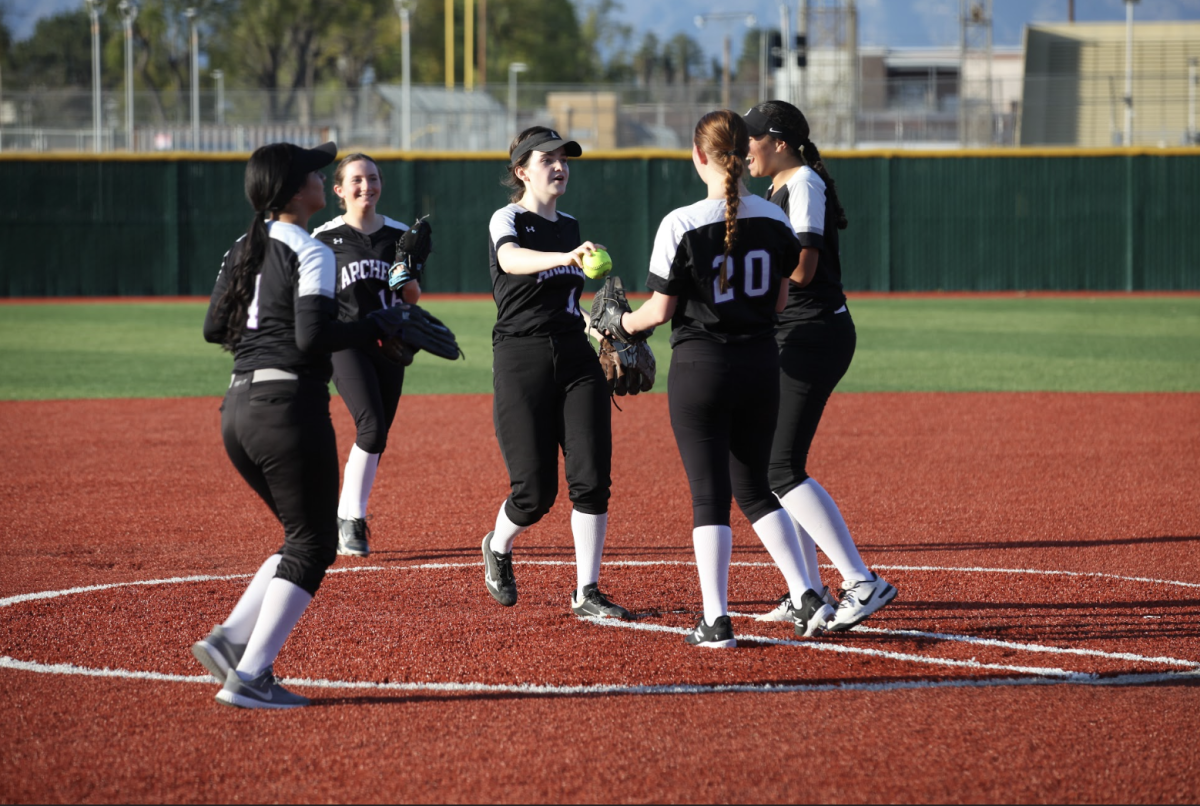

























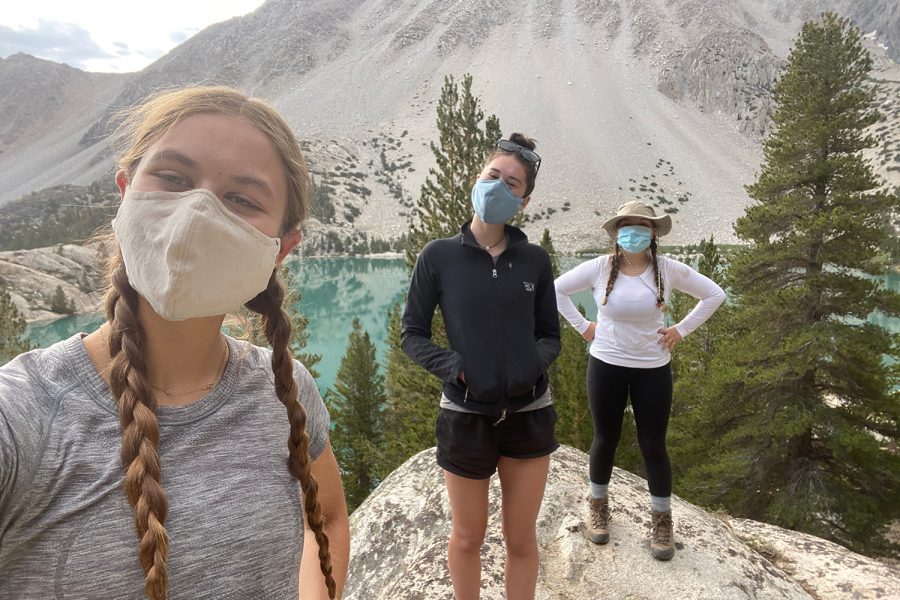








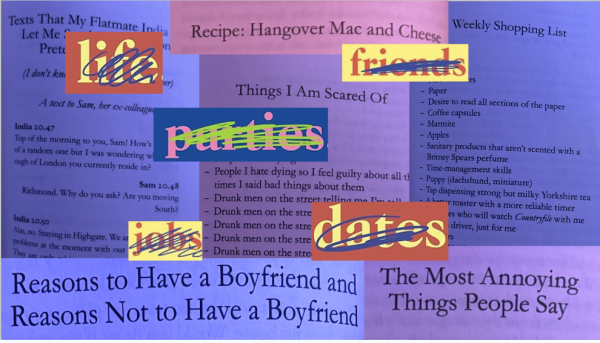


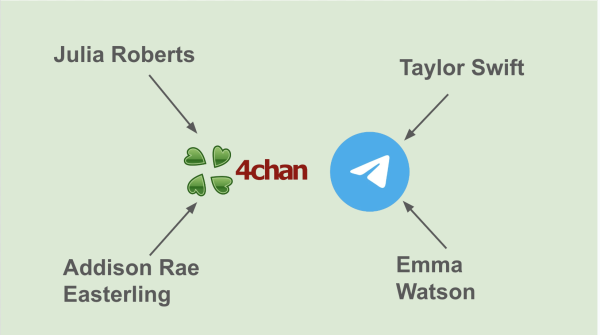
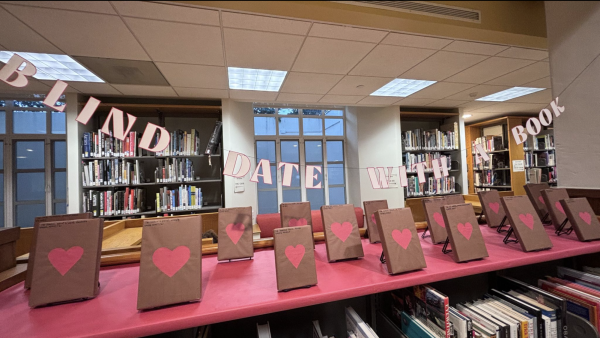




Gracie Wilson • Sep 9, 2020 at 6:12 pm
This is such an interesting article, Norah! You always kill it
Beth Gold • Aug 29, 2020 at 10:42 am
Thanks for making all our entry points into sustainability more accessible Nora! You bring a very practical and realistic perspective that still motivates us all to do better.
Risa Benson • Aug 27, 2020 at 11:48 am
I am Nora’s aunt and this makes me very happy to read – to see her intelligence and sensitivity and also how well spoken she is!
She is right on all accounts and we all need to do or part. Each of us has
Our guilty pleasure : lm working on controlling mine – not easy…THNX Nora!